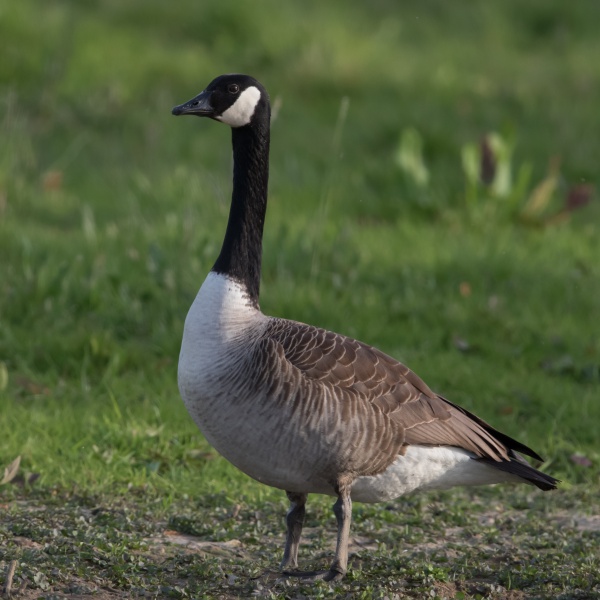Facts About Canada goose
The Canada goose is a well-known presence across North America, particularly in arctic and temperate regions. Originally native to these areas, this large wild goose has now dispersed to various parts of the world. Renowned for its migratory behavior, the Canada goose is primarily herbivorous and often found near freshwater sources. Remarkably adaptable, it frequently makes its home in urban areas altered by human activity.
First described by Carl Linnaeus, the Canada goose belongs to the Branta genus. The species includes several subspecies, which can sometimes make accurate identification challenging for ornithologists. The Canada goose is easily recognized by its black head and neck, complemented by a distinctive white "chinstrap." These birds exhibit variations in size and plumage details across their seven subspecies.
Canada geese breed in Canada and the northern United States. Their numbers once dwindled due to overhunting and habitat loss, but conservation efforts have led to a resurgence in their population. However, their increasing numbers in urban areas have led to issues such as excessive droppings, loud honking, and even aggressive behavior.
One of the most iconic sights is the V-shaped formation of Canada geese flying during migration. These birds are monogamous and typically lay between 2 to 9 eggs per clutch. Remarkably, goslings are capable of walking and swimming shortly after hatching. Despite their resilience, Canada geese face threats from predators, aircraft strikes, and diseases such as avian flu.
In North America, the number of nonmigratory Canada geese has surged, leading to more frequent interactions with humans. Although protected by wildlife laws, population control measures, including culling, are sometimes necessary. The birds have been involved in significant aircraft accidents, causing notable damage. They are also hunted for their meat, though opinions on its palatability vary.
As of 2000, the North American population of Canada geese was estimated to be between 4 to 5 million. Ongoing conservation and management efforts are crucial for maintaining a balance, ensuring these birds thrive without causing too many problems for their human neighbors.

 United States
United States